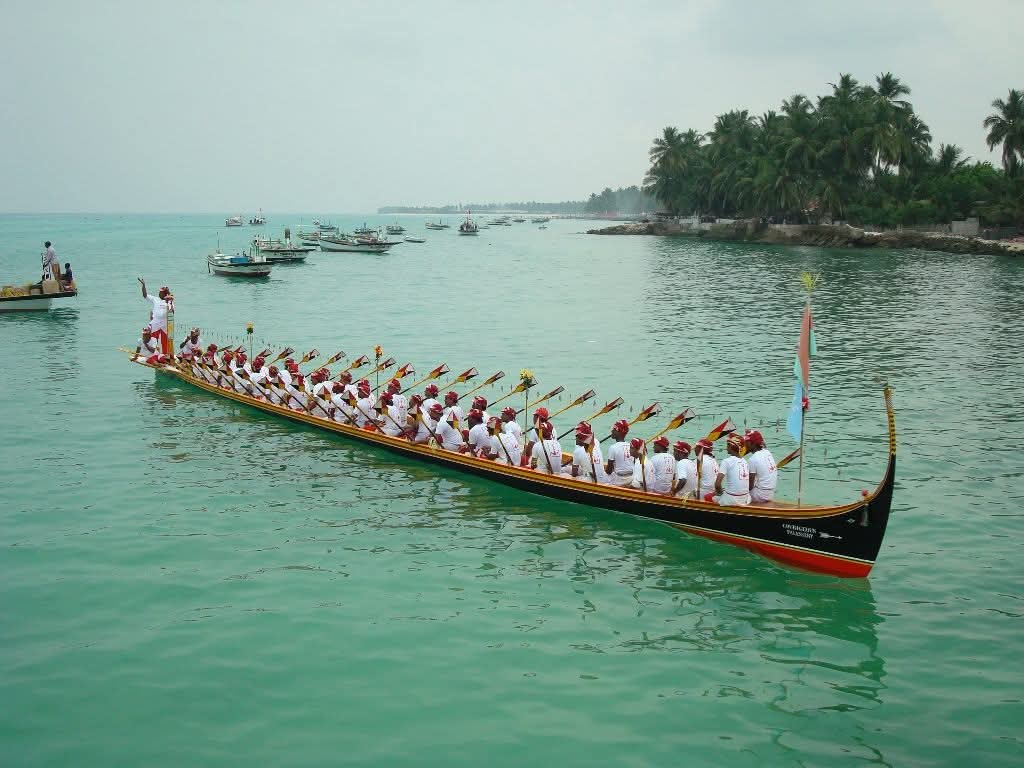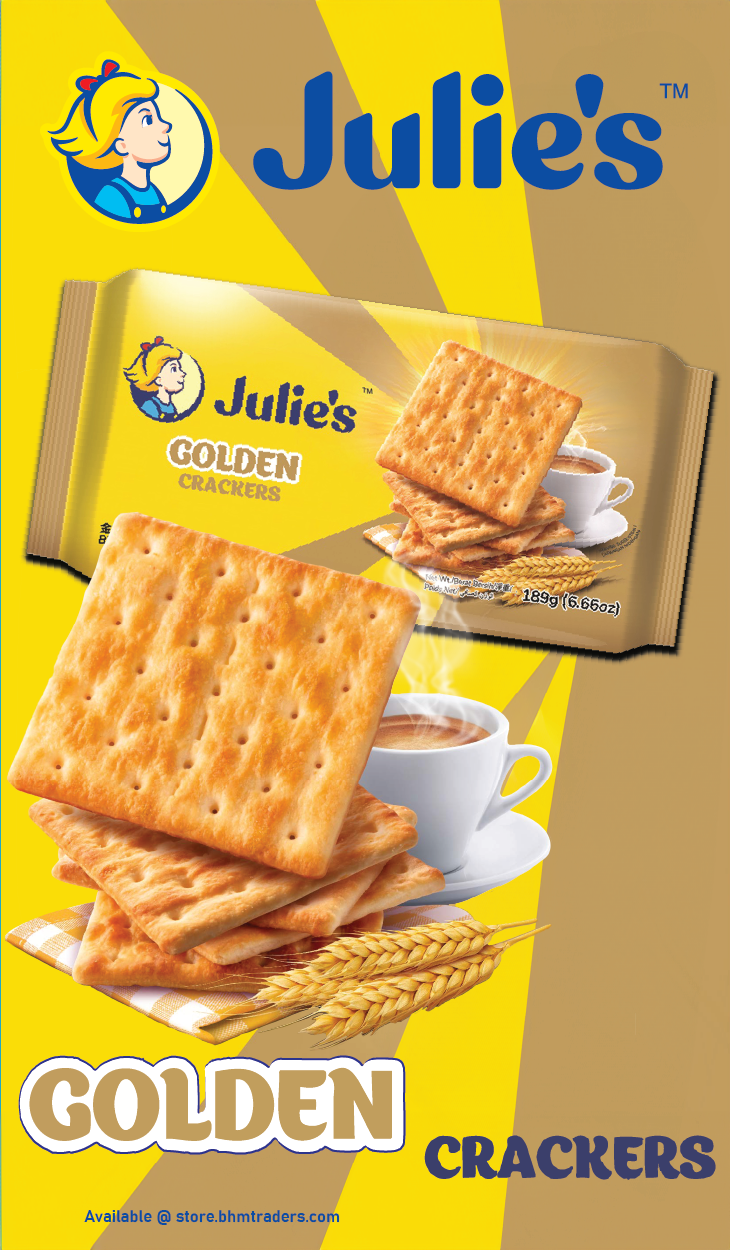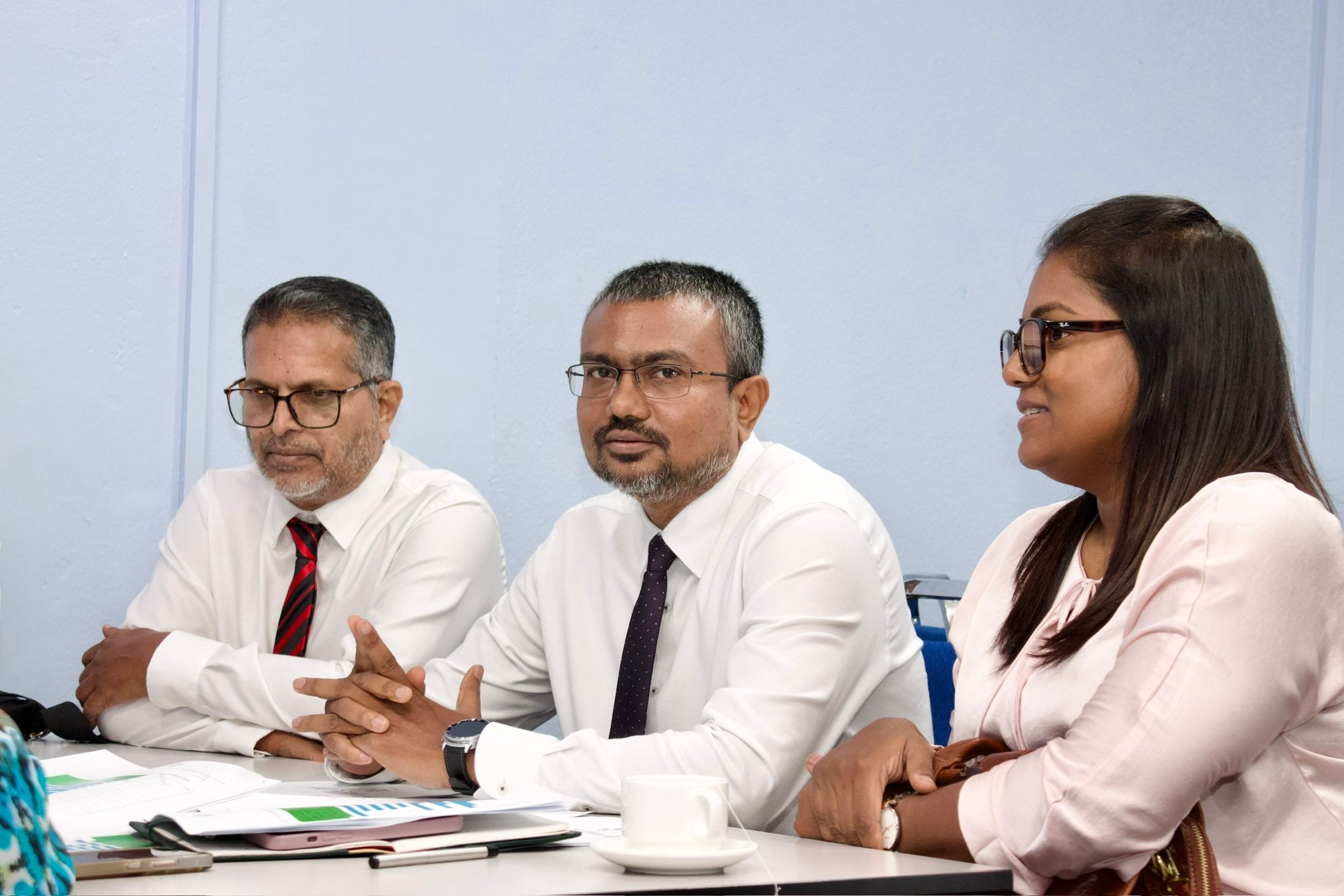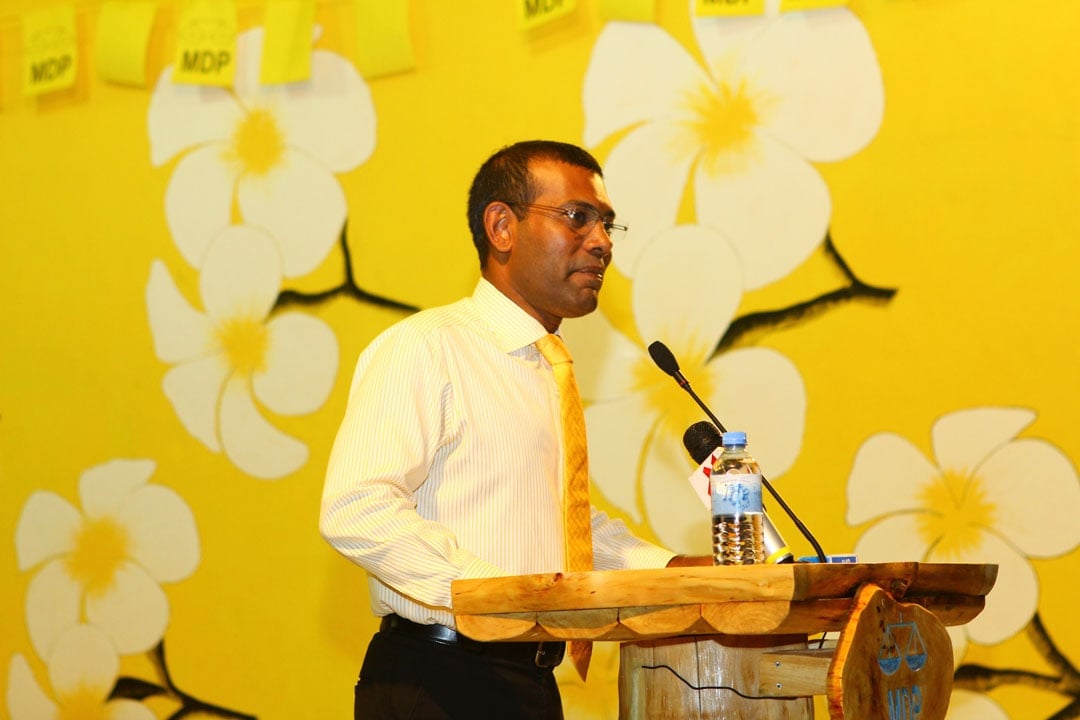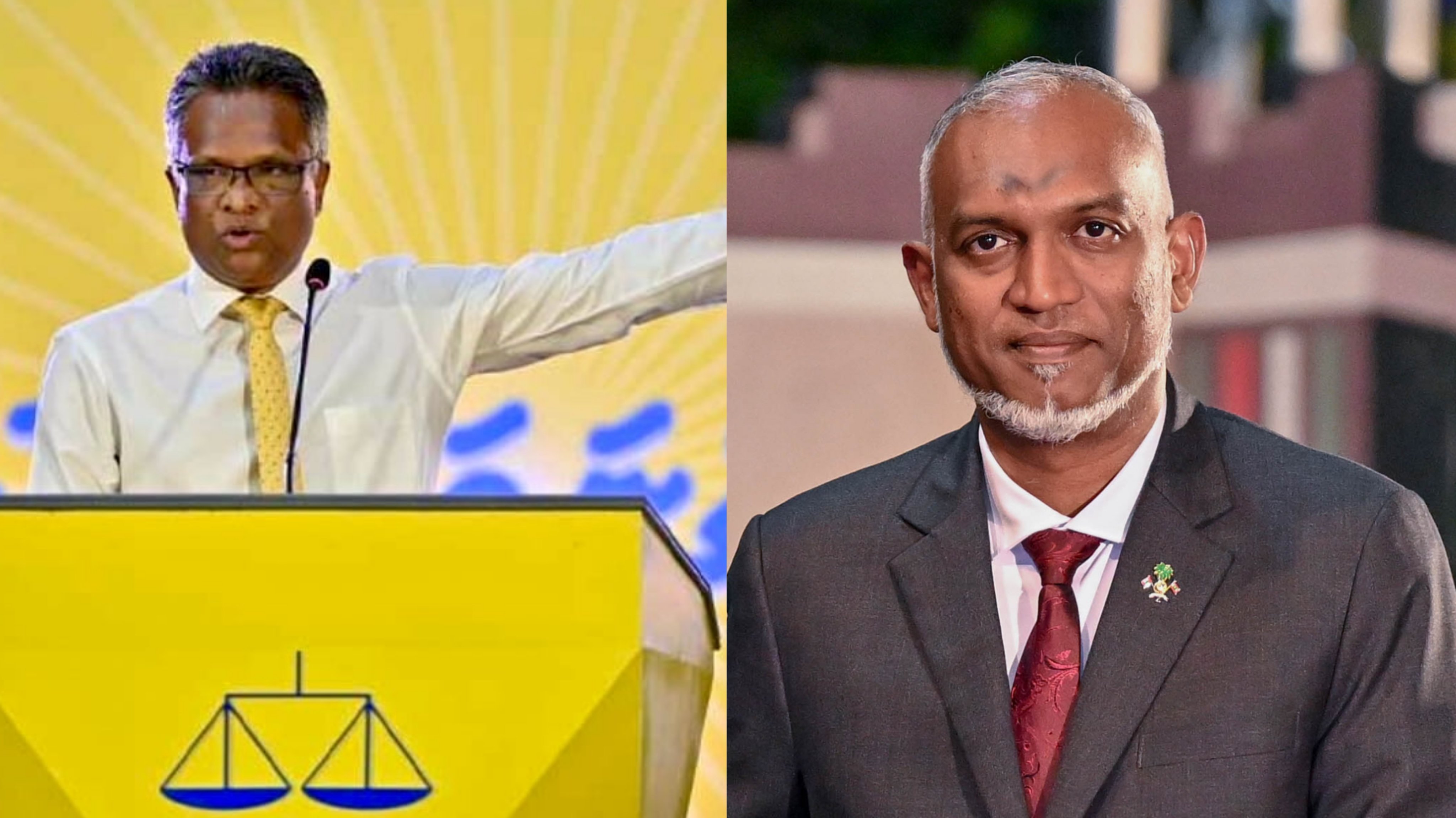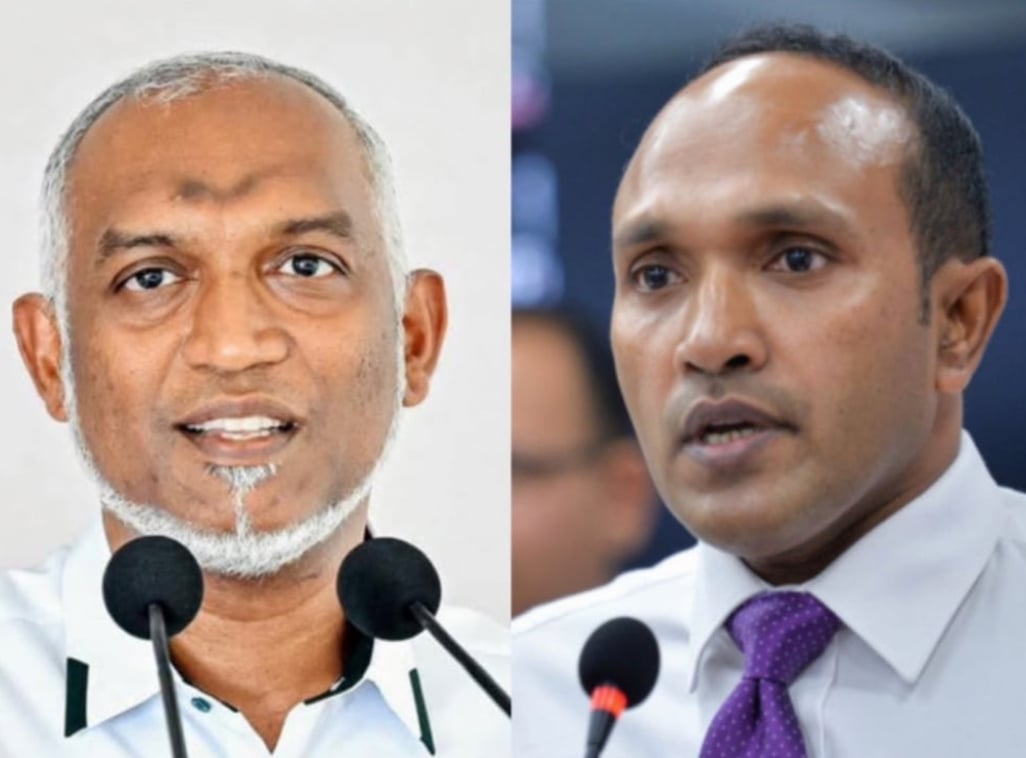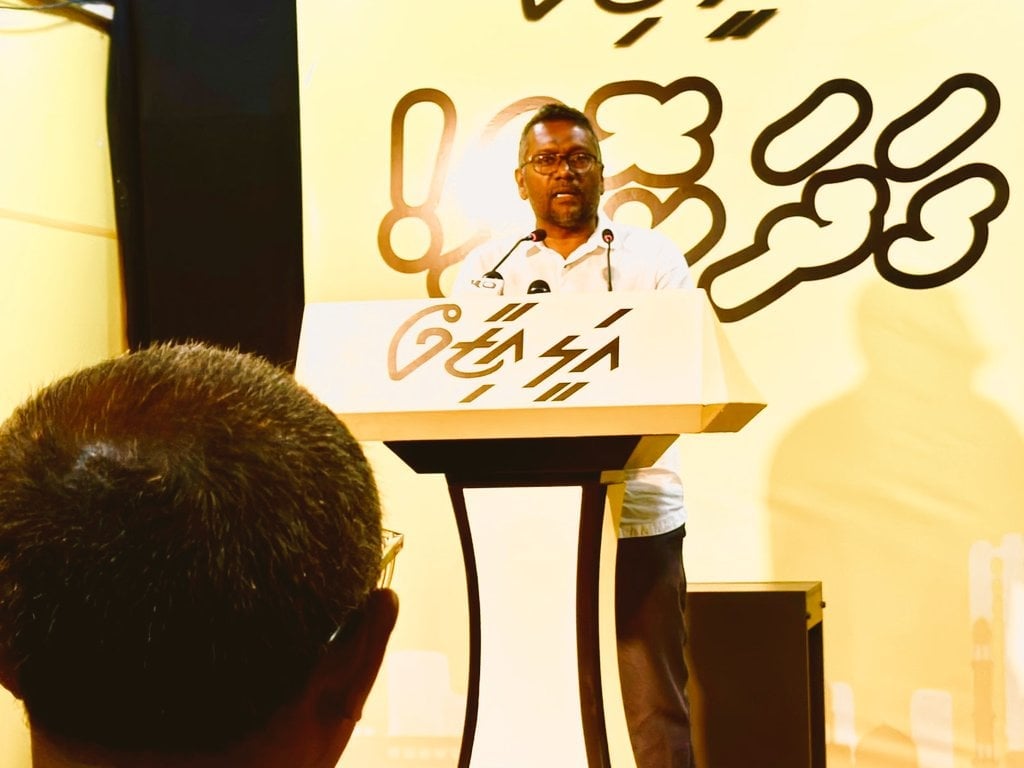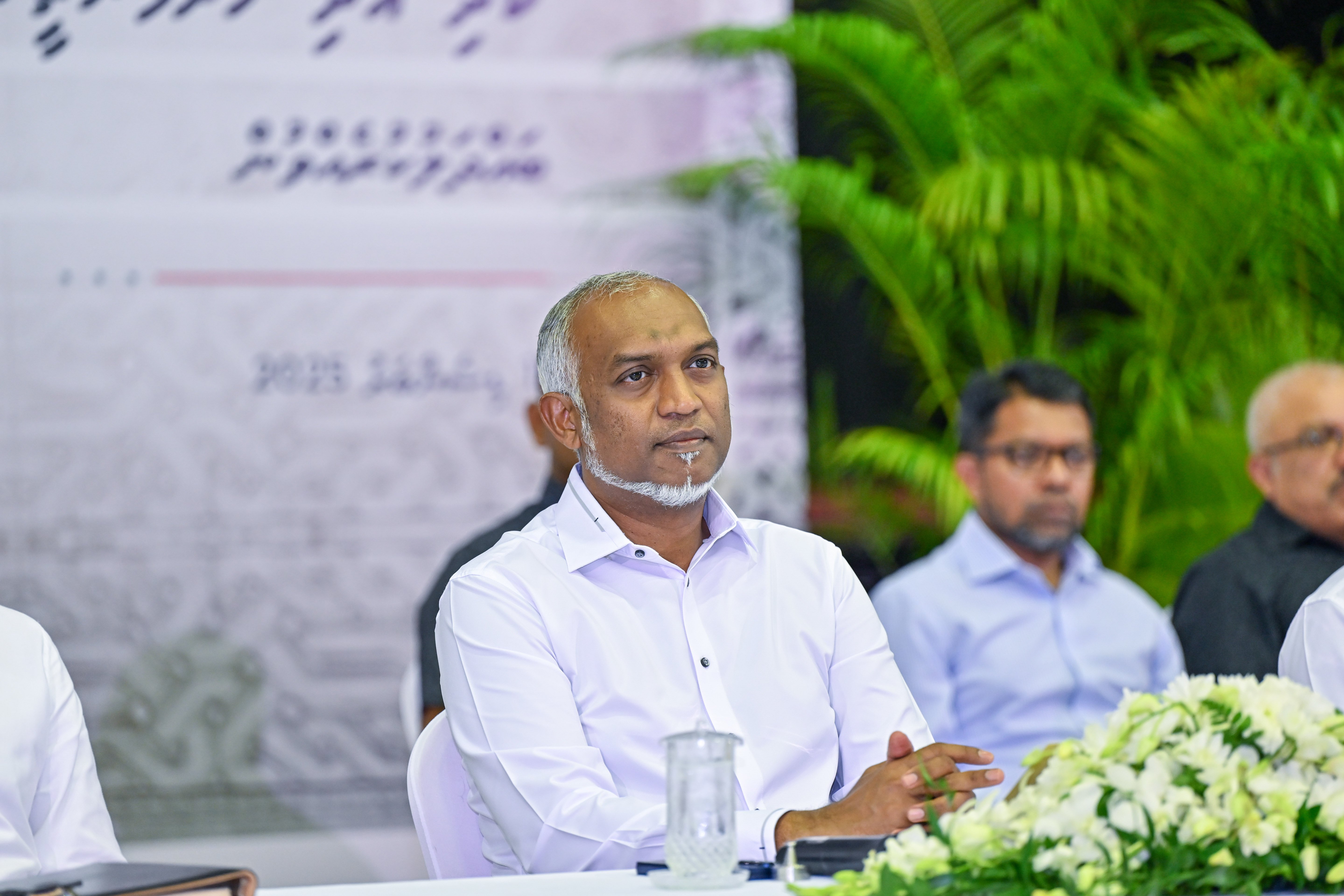In 1993, as an eighth-grader at Majeediyya School, my passion for Maldivian history drew me to the National Library, where I unearthed a gem in the Faiythoora journal. Abdullah Farooq Hassan’s article, “Maliku (Minicoy) near...yet so far,” born from a 1990 UNESCO expedition to study Maliku’s Dhivehi dialect, introduced me to the Jahaadhoani—a storied boat central to the island’s seafaring identity, despite its political separation from the Maldives. Farooq’s vivid prose ignited a decades-long quest to uncover its secrets.
Farooq recounted how, upon spotting an incoming vessel, the Jahaadhoani—or its variant, the Odijahaadhoani—would glide out, towing the boat ashore under the skilled direction of Maliku’s Aarukaatee, the local pilot. This practice echoed traditions across the Maldives, where oared boats served similar roles. He recalled ten-oared boats in his native Fuvahmulah, but Maliku’s Jahaadhoani seemed grander, almost mythical. Another passage described festive trips to Raggan islet, where villagers draped the Jahaadhoani in vibrant clothes, linking smaller boats to its tow rope for joyful communal voyages.
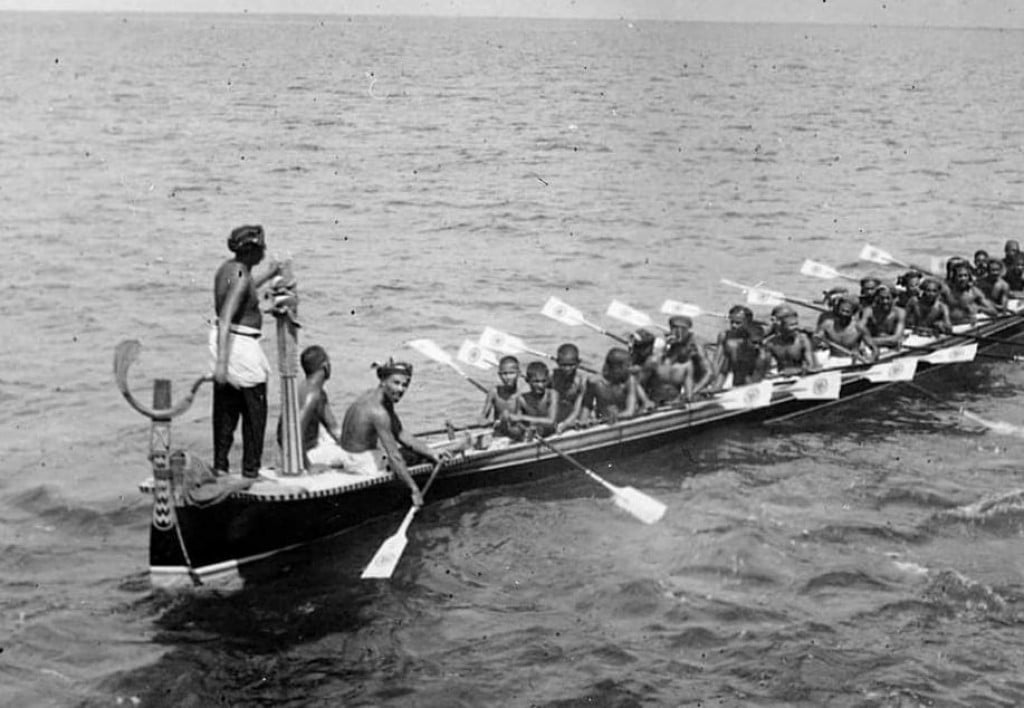
The Jahaadhoani’s true scale remained elusive. Farooq’s articles, with their fuzzy photos, left me yearning for clarity. At the National Center for Linguistic and Historical Research, I discovered Maldives Odd History, compiled by Swedish scholar Lars Vilgon. Stunning 1935 photographs revealed Maliku’s Jahaadhoani: a majestic vessel with 40 oars—20 per side—and a smaller variant. Finding no trace of such grandeur in the Maldives, I began to view the Jahaadhoani as Maliku’s unique pride.
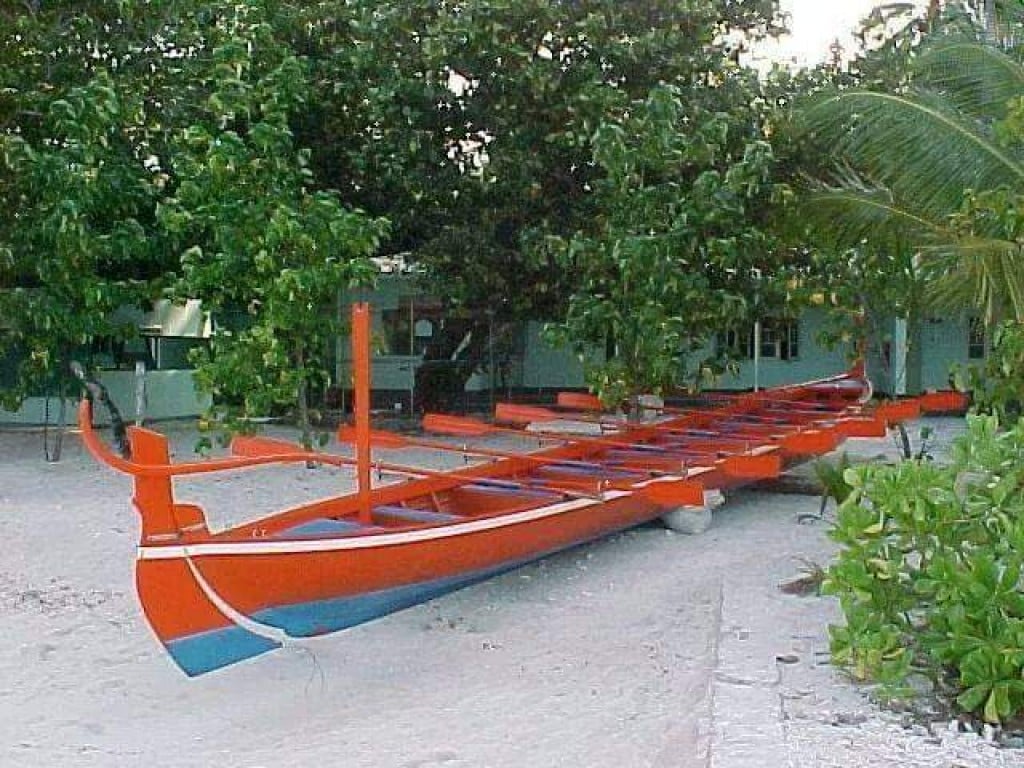
In 2001, during National Security Service training on Girifushi, I encountered Soki boats—narrow, fiberglass vessels with 12 oars, far smaller than Maliku’s giants but reminiscent of boats in old Male’ photographs. A visit to the National Museum with my friend Dr. Muneer Manikfan from Maliku deepened the mystery. A model Jahaadhoani, strikingly similar to Maliku’s, stood on display. Was it a Maliku original or a broader Maldivian relic? A photograph in Vilgon’s collection, showing a Maliku Island-Chief holding a similar model, only fueled my curiosity.

The puzzle grew with Ahmed Shafeeq’s book on Maldivian boatbuilding, which listed the Jahaadhoani among traditional vessels. lt revealed a 12-meter-long boat, 1.96 meters wide, with 10 to 12 oars per side—akin to Maliku’s smaller Jahaadhoani. Still, I sought more. Social media debates, where Maliku friends claimed the Jahaadhoani as exclusively theirs, drove me to dig deeper.
Experts like Abdul Majeed Mahir, who reminisced about rowing Jahaadhoanis in Hulhule lagoon while he was a young student in Majeediyya School, and traditional boat scholar Ahmed Wajeeh affirmed the vessel’s Maldivian roots. A breakthrough came at the Dhivehi Language Academy’s library, where a photocopied logbook from Sultan Muhammad Shamsuddin III’s reign (early 20th century) detailed two Jahaadhoanis built in 1924–1925 in Hulhule and Villingili. Measuring around 24 meters, these were smaller than Maliku’s largest but undeniably Jahaadhoanis.
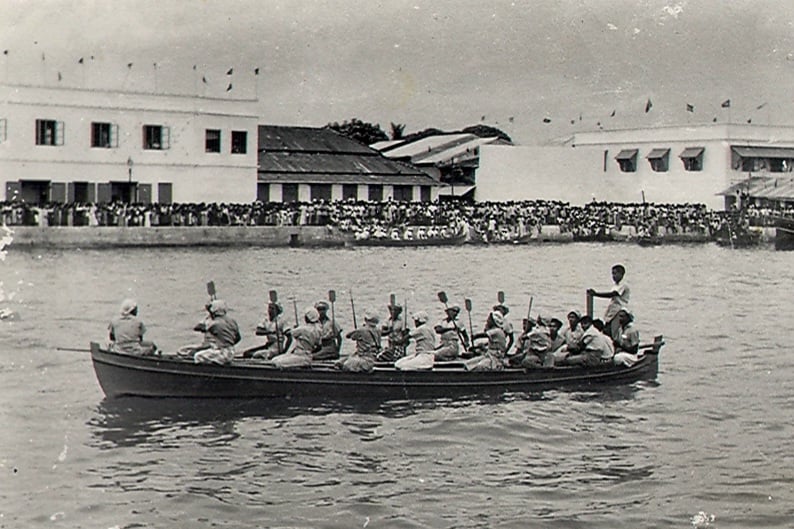
A pivotal clue surfaced in German traveler Carl Wilhelm Rosset’s 1885 account. Describing his journey to Male’ Atoll, Rosset marveled at a 40-oared, 70-foot Jahaadhoani braving rough seas—a vessel matching Maliku’s grandest boats. A 1931 video of British Ceylon’s acting governor visiting the Maldives captured Jahaadhoanis in action, their oars slicing through the waves.
The Jahaadhoani, I realized, was not Maliku’s alone but a shared Maldivian heritage, preserved vividly in Maliku’s traditions. In Maliku, each ward (avah) maintains one or two Jahaadhoanis, central to events like the Maliku Sagaafee Dhuvas, where annual rowing competitions, ignite community spirit. Such races once flourished across the Maldives, and their revival beckons.
This year, during Bodu Eid (Eid al-Adha), Ken'dhikulhudhoo in Miladhunmadulu Atoll took a bold step toward rekindling this legacy. The island crafted small, modern-designed boats inspired by the Jahaadhoani, racing them across its mangrove lake in a vibrant revival of Maldivian boat-racing culture. This initiative sparks hope that other islands will follow, perhaps resurrecting the traditional Jahaadhoani—especially the lost 70-foot giants—for competitions to set the Maldivian seas alight with enthusiasm.
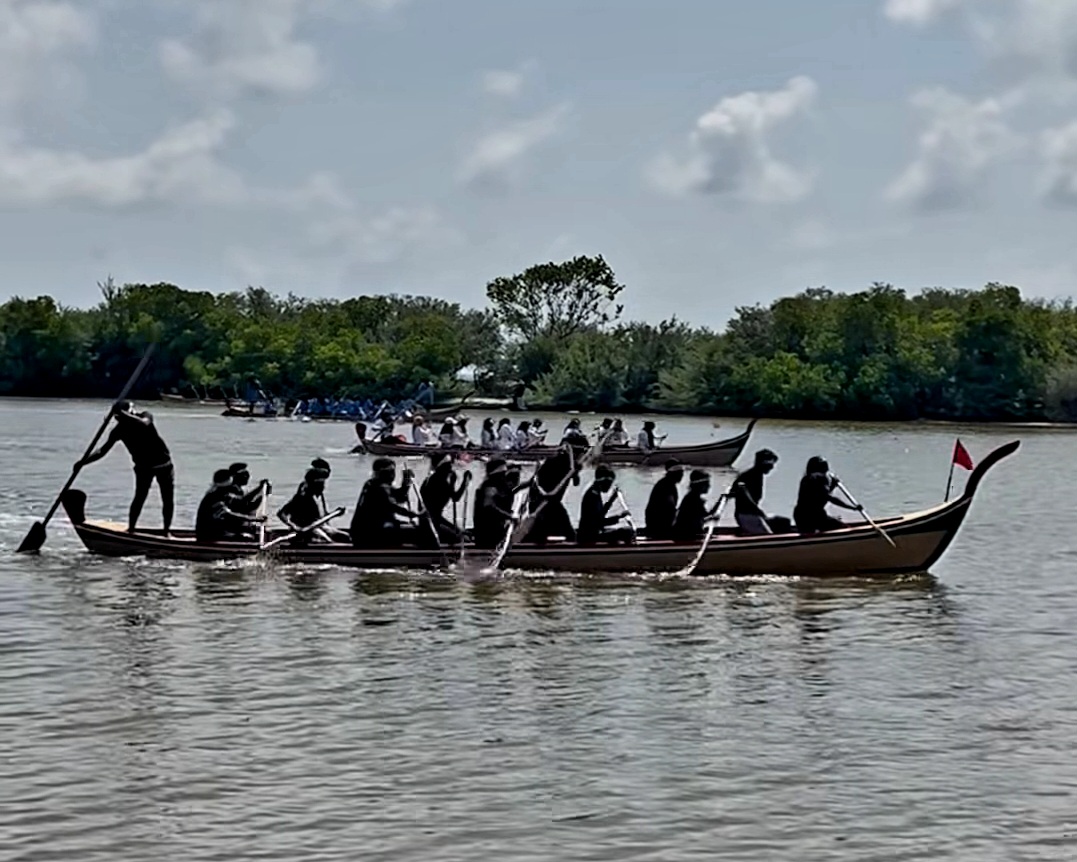
Though absent from Maldivian shores, the Jahaadhoani thrives in Maliku’s vibrant culture. Ken'dhikulhudhoo’s efforts signal a potential renaissance, uniting islanders in a celebration of heritage, strength, and unity. In a nation where the sea spans over 90 percent of the land, what better way to honour our past and chart a spirited future?
Farooq recounted how, upon spotting an incoming vessel, the Jahaadhoani—or its variant, the Odijahaadhoani—would glide out, towing the boat ashore under the skilled direction of Maliku’s Aarukaatee, the local pilot. This practice echoed traditions across the Maldives, where oared boats served similar roles. He recalled ten-oared boats in his native Fuvahmulah, but Maliku’s Jahaadhoani seemed grander, almost mythical. Another passage described festive trips to Raggan islet, where villagers draped the Jahaadhoani in vibrant clothes, linking smaller boats to its tow rope for joyful communal voyages.

The Jahaadhoani’s true scale remained elusive. Farooq’s articles, with their fuzzy photos, left me yearning for clarity. At the National Center for Linguistic and Historical Research, I discovered Maldives Odd History, compiled by Swedish scholar Lars Vilgon. Stunning 1935 photographs revealed Maliku’s Jahaadhoani: a majestic vessel with 40 oars—20 per side—and a smaller variant. Finding no trace of such grandeur in the Maldives, I began to view the Jahaadhoani as Maliku’s unique pride.

In 2001, during National Security Service training on Girifushi, I encountered Soki boats—narrow, fiberglass vessels with 12 oars, far smaller than Maliku’s giants but reminiscent of boats in old Male’ photographs. A visit to the National Museum with my friend Dr. Muneer Manikfan from Maliku deepened the mystery. A model Jahaadhoani, strikingly similar to Maliku’s, stood on display. Was it a Maliku original or a broader Maldivian relic? A photograph in Vilgon’s collection, showing a Maliku Island-Chief holding a similar model, only fueled my curiosity.

The puzzle grew with Ahmed Shafeeq’s book on Maldivian boatbuilding, which listed the Jahaadhoani among traditional vessels. lt revealed a 12-meter-long boat, 1.96 meters wide, with 10 to 12 oars per side—akin to Maliku’s smaller Jahaadhoani. Still, I sought more. Social media debates, where Maliku friends claimed the Jahaadhoani as exclusively theirs, drove me to dig deeper.
Experts like Abdul Majeed Mahir, who reminisced about rowing Jahaadhoanis in Hulhule lagoon while he was a young student in Majeediyya School, and traditional boat scholar Ahmed Wajeeh affirmed the vessel’s Maldivian roots. A breakthrough came at the Dhivehi Language Academy’s library, where a photocopied logbook from Sultan Muhammad Shamsuddin III’s reign (early 20th century) detailed two Jahaadhoanis built in 1924–1925 in Hulhule and Villingili. Measuring around 24 meters, these were smaller than Maliku’s largest but undeniably Jahaadhoanis.

A pivotal clue surfaced in German traveler Carl Wilhelm Rosset’s 1885 account. Describing his journey to Male’ Atoll, Rosset marveled at a 40-oared, 70-foot Jahaadhoani braving rough seas—a vessel matching Maliku’s grandest boats. A 1931 video of British Ceylon’s acting governor visiting the Maldives captured Jahaadhoanis in action, their oars slicing through the waves.
The Jahaadhoani, I realized, was not Maliku’s alone but a shared Maldivian heritage, preserved vividly in Maliku’s traditions. In Maliku, each ward (avah) maintains one or two Jahaadhoanis, central to events like the Maliku Sagaafee Dhuvas, where annual rowing competitions, ignite community spirit. Such races once flourished across the Maldives, and their revival beckons.
This year, during Bodu Eid (Eid al-Adha), Ken'dhikulhudhoo in Miladhunmadulu Atoll took a bold step toward rekindling this legacy. The island crafted small, modern-designed boats inspired by the Jahaadhoani, racing them across its mangrove lake in a vibrant revival of Maldivian boat-racing culture. This initiative sparks hope that other islands will follow, perhaps resurrecting the traditional Jahaadhoani—especially the lost 70-foot giants—for competitions to set the Maldivian seas alight with enthusiasm.

Though absent from Maldivian shores, the Jahaadhoani thrives in Maliku’s vibrant culture. Ken'dhikulhudhoo’s efforts signal a potential renaissance, uniting islanders in a celebration of heritage, strength, and unity. In a nation where the sea spans over 90 percent of the land, what better way to honour our past and chart a spirited future?





